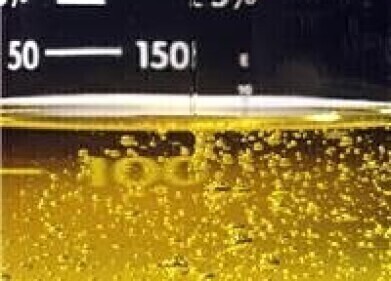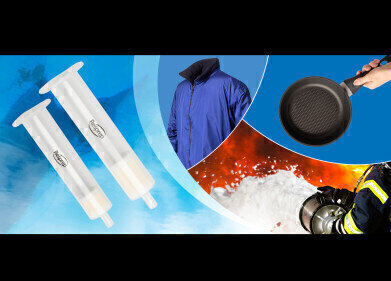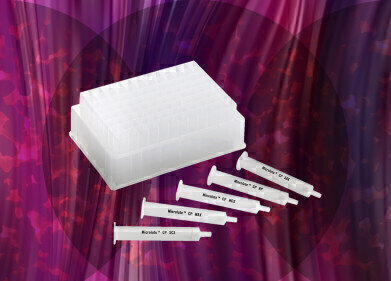Solid Phase Extraction (SPE)
What is Planar Chromatography?
Mar 19 2015
Chromatography is the scientific technique of separating a substance into its various components and compounds for individual identification. Planar chromatography is one branch of the discipline, defined by having the stationary phase of the process take place on a plane.
This is in contrast to column chromatography, whereby the stationary phase takes place inside a tube. Column chromatography can take the form of packed column, where the entire volume of the tube is filled with the entire substance, or open tubular column, where an open, empty space is left for the mobile phase to travel.
How Does Planar Chromatography Work?
There are two main branches of planar chromatography: paper chromatography and thin-layer chromatography (TLC). Although both practices follow very similar principles and methods, they use different materials as beds or planes for the stationary phase of the process.
Paper Chromatography
To test a substance using paper chromatography, a small dot or line, similar to an ink blot, is placed onto a strip of chromatography paper. This paper is uniquely chosen because it is made of cellulose, a polar substance, which reacts differently with different substances.
The paper with the sample upon it is then placed inside a sealed container and dipped into a small level of solvent. As the solvent travels up the paper, it will meet the sample substance and carry it with it. The length of time and the distance travelled by each individual substance will vary depending on what it is, and by measuring these factors, scientists are able to determine what exactly the component is comprised of. Furthermore, scientists can combine these findings with the Retention factor of the substance to further classify it.
To learn about how you can conduct your own paper chromatography at home and teach children something educational and creative in the process, read this article: How to Make Homemade Tie-Dye T-Shirts - Chromatography for Kids.
TLC Chromatography
TLC chromatography follows the same basic ideas as paper chromatography, but instead of using cellulose paper, a flat, inert plane (often glass) is coated with an adsorbent such as cellulose, silica gel or alumina.
This technique is seen as more professional and as such is more commonly performed in the laboratory rather than the classroom. This is chiefly because it allows for more precise and reliable results, as well as faster run times and a choice of which adsorbents to use in the process.
An even more evolved form of the process is called high performance thin-layer chromatography (HPTLC). This latter technique is preferred because of its even greater resolution and accuracy, and its cost-effectiveness when compared to other forms of chromatography (such as column chromatography).
This article, HPTLC Leading the Way in Food Safety, discusses one practical use of the technique in the nutrition and health field, where it is used to screen food products for illicit or unwanted additives and substances. Similarly, the process can also be used to detect harmful elements in cosmetic products.
Digital Edition
Chromatography Today - Buyers' Guide 2022
October 2023
In This Edition Modern & Practical Applications - Accelerating ADC Development with Mass Spectrometry - Implementing High-Resolution Ion Mobility into Peptide Mapping Workflows Chromatogr...
View all digital editions
Events
ACS National Meeting - Fall 2024
Aug 18 2024 Denver, CO, USA
Sep 04 2024 Chiba, Tokyo, Japan
Sep 04 2024 University of Warwick, Coventry, UK
Sep 10 2024 Rockville, MD, USA
Plastics Recycling World Expo Europe
Sep 11 2024 Brussels, Belgium














